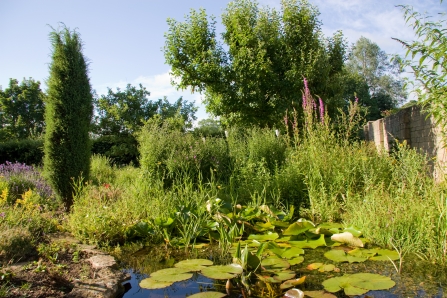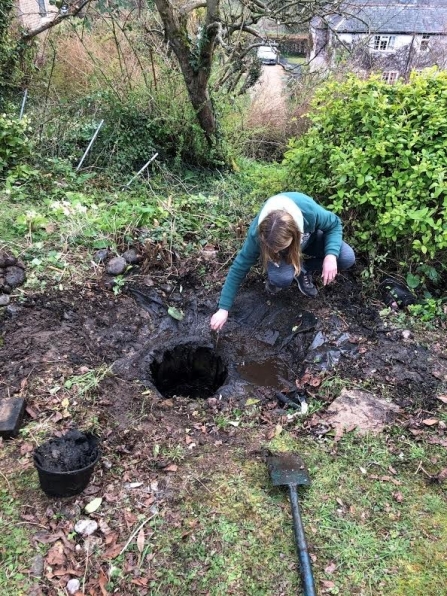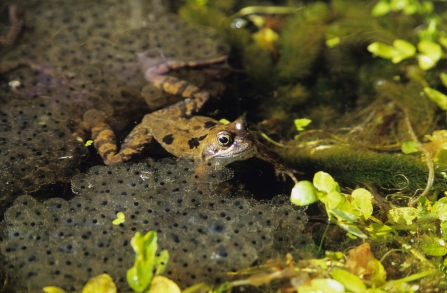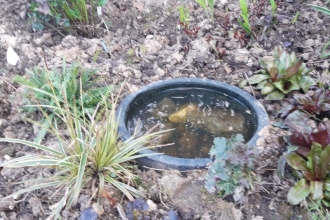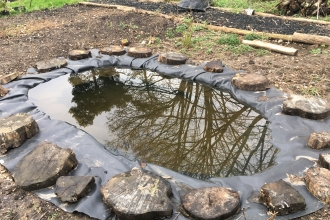Ponds are incredibly important for wildlife; in fact, they support two thirds of all freshwater species. However, sadly during the 20th Century, the UK lost 50% of its ponds (Freshwater Habitats Trust). If we want to make a difference to wildlife in our own gardens, then I would suggest that creating a pond may be the most beneficial thing that we can do.
If you would like advice on pond creation, you can find some information sheets on our website www.hiwwt.org.uk/actions.


